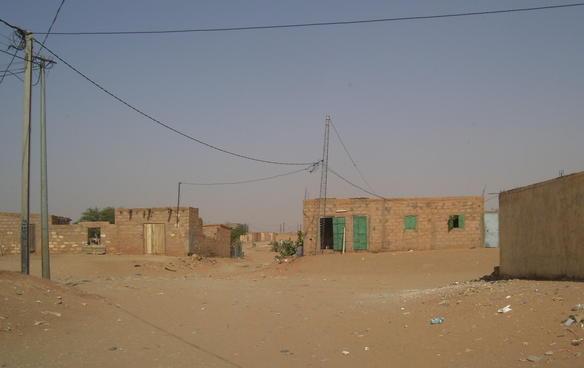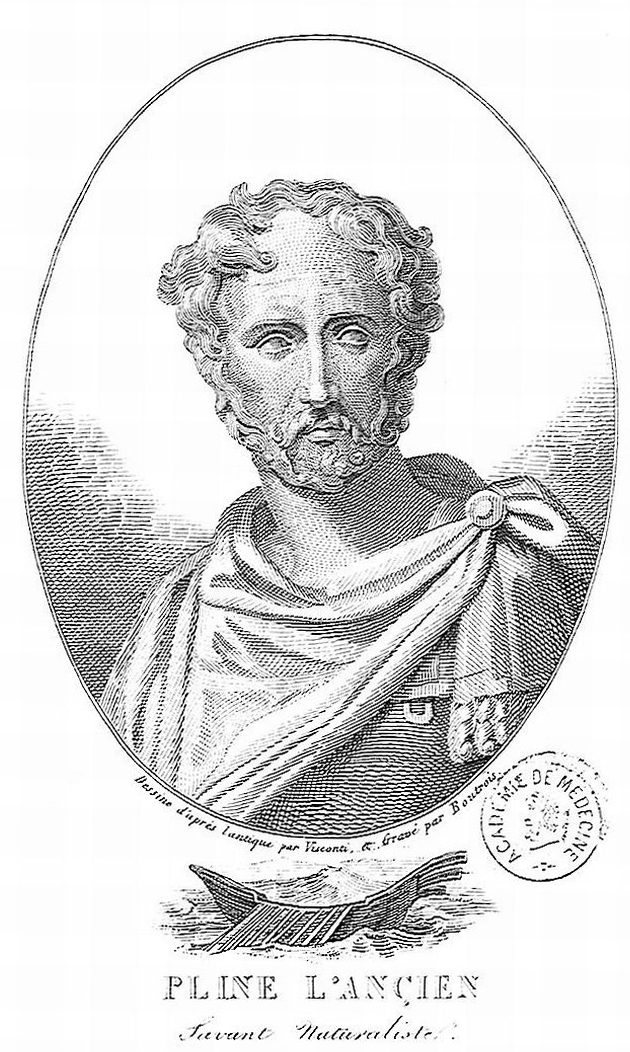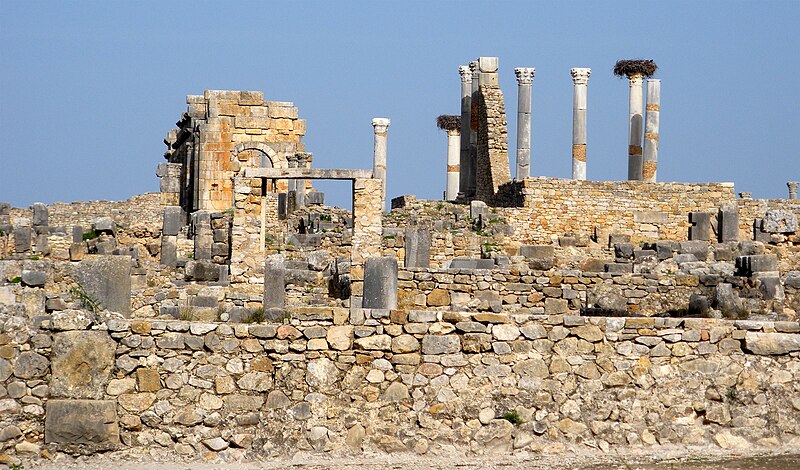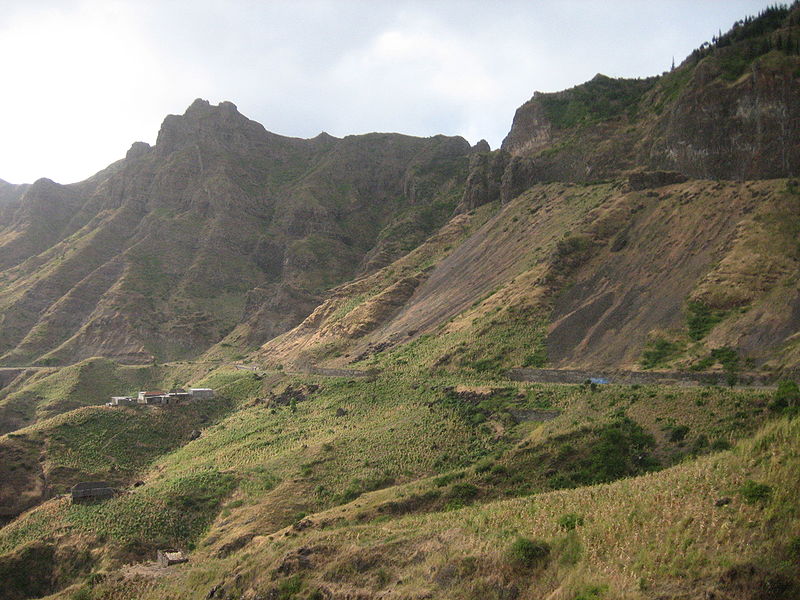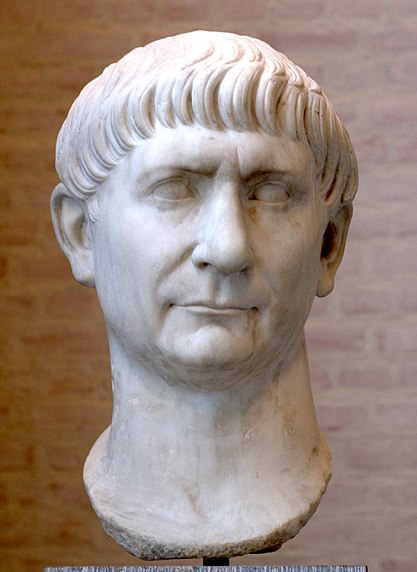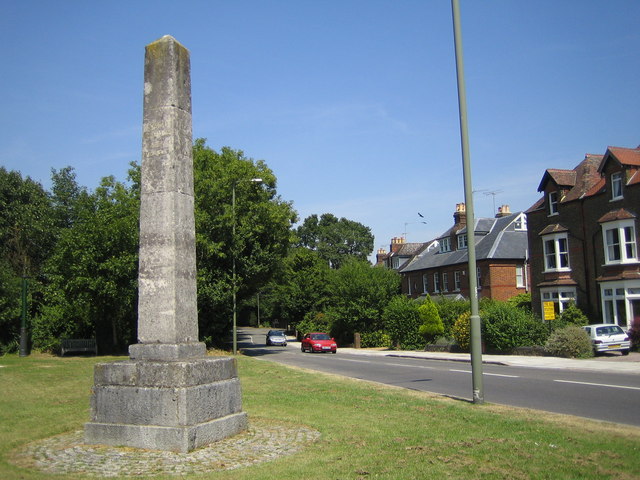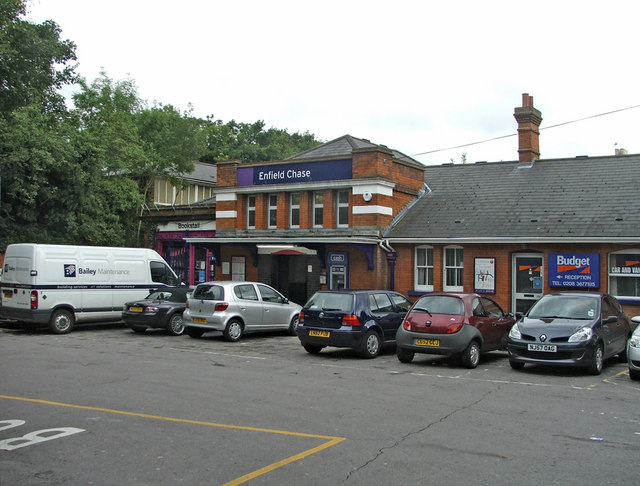 On 30 January 1933, Adolf Hitler legally became Chancellor of Germany, appointed by President Paul von Hindenburg.Hindenburg enjoyed a long career in the Prussian Army, retiring in 1911. He was recalled at the outbreak of World War I, and first came to national attention, at the age of 66, as the victor at Tannenberg in 1914.
On 30 January 1933, Adolf Hitler legally became Chancellor of Germany, appointed by President Paul von Hindenburg.Hindenburg enjoyed a long career in the Prussian Army, retiring in 1911. He was recalled at the outbreak of World War I, and first came to national attention, at the age of 66, as the victor at Tannenberg in 1914. As Germany's Chief of the General Staff from 1916, he and his deputy, Erich Ludendorff, rose in the German public's esteem until Hindenburg came to eclipse the Kaiser himself. Hindenburg retired again in 1919, but returned to public life one more time in 1925 to be elected as the second President of Germany.
As Germany's Chief of the General Staff from 1916, he and his deputy, Erich Ludendorff, rose in the German public's esteem until Hindenburg came to eclipse the Kaiser himself. Hindenburg retired again in 1919, but returned to public life one more time in 1925 to be elected as the second President of Germany.Though 84 years old and in poor health, Hindenburg was persuaded to run for re-election in 1932, as he was considered the only candidate who could defeat Adolf Hitler. Hindenburg was re-elected in a runoff. Although he was opposing Hitler, the deteriorating political stability of the Weimar Republic let him play an important role in the Nazi Party's rise to power. He dissolved the parliament twice in 1932 and eventually appointed Hitler as Chancellor in January 1933. In February, he issued the Reichstag Fire Decree which suspended various civil liberties, and in March he signed the Enabling Act, in which the parliament gave Hitler's administration legislative powers. Hindenburg died the following year, after which Hitler declared the office of President vacant and, as "Führer und Reichskanzler", made himself head of state.
The famed zeppelin Hindenburg that was destroyed by fire in 1937 was named in his honor, as was the Hindenburgdamm, a causewayjoining the island of Sylt to mainland Schleswig-Holstein that was built during his time in office. The previously German Upper Silesian town of Zabrze (German: Hindenburg O.S.) was also renamed for him in 1915. SMS Hindenburg, a battlecruiser commissioned in the Imperial German Navy in 1917 and the last capital ship to enter service in the Imperial Navy, was also named for him.
Although he initially headed a coalition government, he quickly made Hindenburg a figurehead and eliminated his non-Nazi partners. The Nazi regime restored economic prosperity and ended mass unemployment using heavy military spending while suppressinglabor unions and strikes. The return of prosperity gave the regime enormous popularity and made Hitler's rule mostly unchallenged, although resistance grew after the onset of military aggression, culminating in the failed 20 July plot in 1944. TheGestapo (secret state police) under Heinrich Himmler destroyed the liberal, Socialist and Communist opposition and persecuted the Jews, attempting to force them into exile while taking their property. The Party took control of the courts, local government, and all civic organizations except the Protestant and Catholic churches. All expressions of public opinion were controlled by Hitler's propaganda minister, Joseph Goebbels, who made effective use of film, mass rallies, and Hitler's skillful oratory.[5]
The Nazi state idolized Hitler as its Führer ("Leader"), centralizing all power in his hands. Nazi propaganda centered on Hitler and was quite effective in creating what historians call the "Hitler Myth" – that Hitler was all-wise and that any mistakes or failures by others would be corrected when brought to his attention. In reality, Hitler had a narrow range of interests and decision-making was diffused among overlapping, feuding power centers; on some issues he was passive, simply assenting to pressures from whoever had his ear. All top officials still reported to Hitler and followed his basic policies, but they had considerable autonomy on a daily basis.In a society where there was only one voice stagnation and disaster swere not far off.












